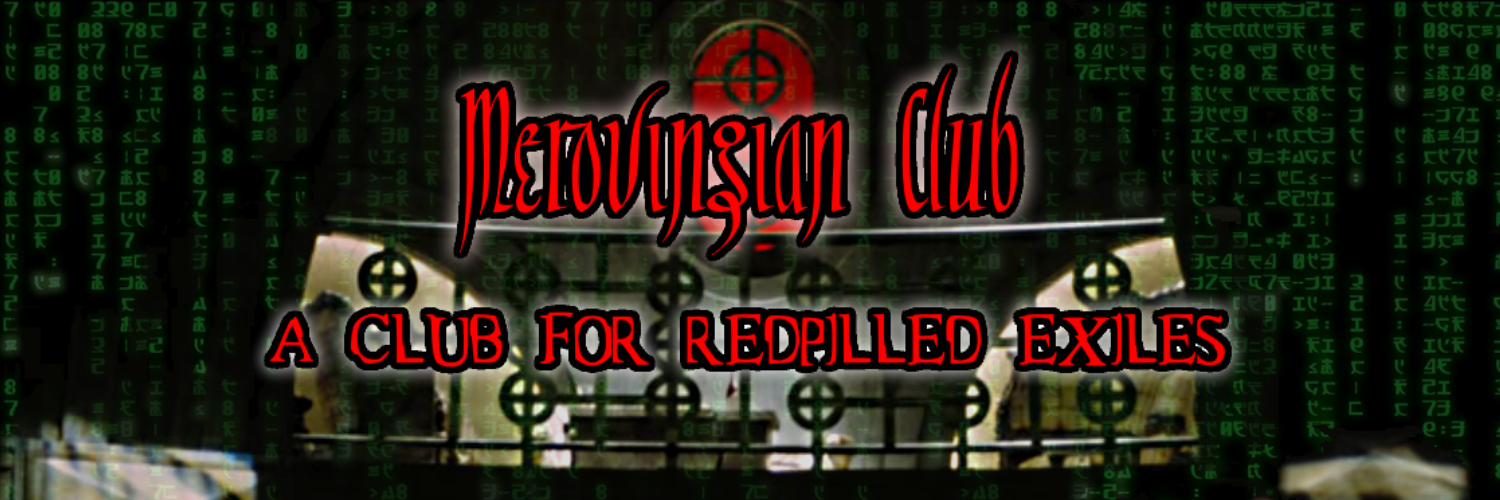Follow
The Antonia Fortress (Aramaic: קצטרא דאנטוניה)[a] was a citadel built by Herod the Great and named for Herod's patron Mark Antony, as a fortress whose chief function was to protect the Second Temple. It was built in Jerusalem at the eastern end of the Second Wall, at the north-western corner of the Temple Mount.
@shortstories @Pain66 I can't help it. Whenever I read one of his quotes, I accidentally always hear him as Quark from DS9.

@Pain66
The Baal Shem Tov, the 18th century founder of Hasidic Judaism, notes in his ethical testament, Tzavaat HaRivash, that the swaying in prayer is similar and connected to the act of copulation. He writes, "prayer is zivug (coupling) with the Shechinah. Just as there is motion at the beginning of coupling, so, too, one must move (sway) at the beginning of prayer. Thereafter one can stand still, without motion, attached to the
Shechinah with great deveikut."[12]
https://en.wikipedia.org/wiki/Shuckling